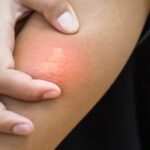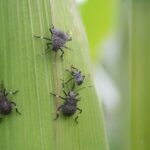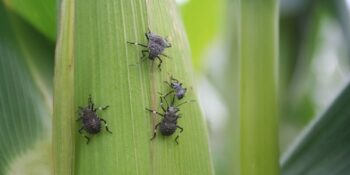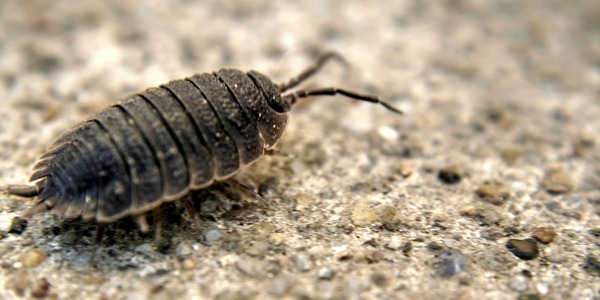
Maybe you’ve seen a pillbug rollin’ down the street, or maybe you’ve left one in a pile of dirt after digging in your garden. Either way, it’s likely that your impression of these little guys is not all that detailed. Let’s change that! Pillbugs are fascinating creatures, and we’re going to get into some fun facts about them today.
The common name “pillbug” comes from the bug’s tendency to roll up into a ball when threatened.
The common name “pillbug” comes from the bug’s tendency to roll up into a ball when threatened. A pillbug’s body is divided into three regions: head, thorax and abdomen. They have two pairs of antennae and five pairs of legs arranged in clusters. Each leg has seven segments; this gives them their unique appearance when they curl up into a ball shape to protect themselves from predators such as birds or mice who would want to eat them for dinner!
The word “pillbug” comes from the Old English word for “roly poly,” which is how these creatures are known in many places around the world; you may even hear them called sowbugs!
Pillbugs are not insects. 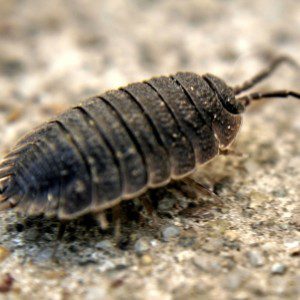
Pillbugs are arthropods, but they are not insects. They belong to the Crustacea class, which also includes shrimp, crabs, lobsters and krill. The name “crustacean” comes from the Latin word crusta meaning a hard shell or shellfish (like a crab).
The pillbug’s carapace (the hardened front part of its exoskeleton) protects it from damage by predators so that it can survive for years without food or water in its natural environment under leaves on forest floors where few animals venture into unless they’re looking for food themselves.
Pillbugs eat decomposing plants and animals.
Pillbugs are omnivores, which means that they eat both plants and animals. They feed on decaying plant matter, as well as dead insects and other small creatures. In nature, they will consume fallen leaves that have decomposed on a forest floor or even on rotten wood.
Even though pillbugs eat decomposing plants and animals, they can also be pests in gardens because of their interest in dining on fresh plant material, as well.
Pillbugs mostly live in moist environments.
Pillbugs are mostly found in moist environments, including the soil, under rocks and logs, and in leaf litter. Some pillbugs will also live under decaying plants or other objects that provide shelter from predators. Pillbugs do not like dry conditions, and if you see one that’s moving very slowly, it’s possible it’s dehydrated.
…But the pillbug is the only crustacean that lives entirely on land.
Another thing that makes pillbugs unique as far as crustaceans go is that they live entirely on land; you won’t find them hanging out in water bodies like their close relatives shrimp and lobsters do!
If a pillbug loses one of its legs, it will grow back.
Did you know that if a pillbug loses one of its legs, it will grow back?! A leg can be regrown in just a few weeks!
Protect Your Home from Pillbugs
Pillbugs are covered by Suburban Exterminating’s Total Protection Plans. While they aren’t dangerous pests, we totally understand if you don’t want them in your home! View our annual plans now to start protecting your home.

